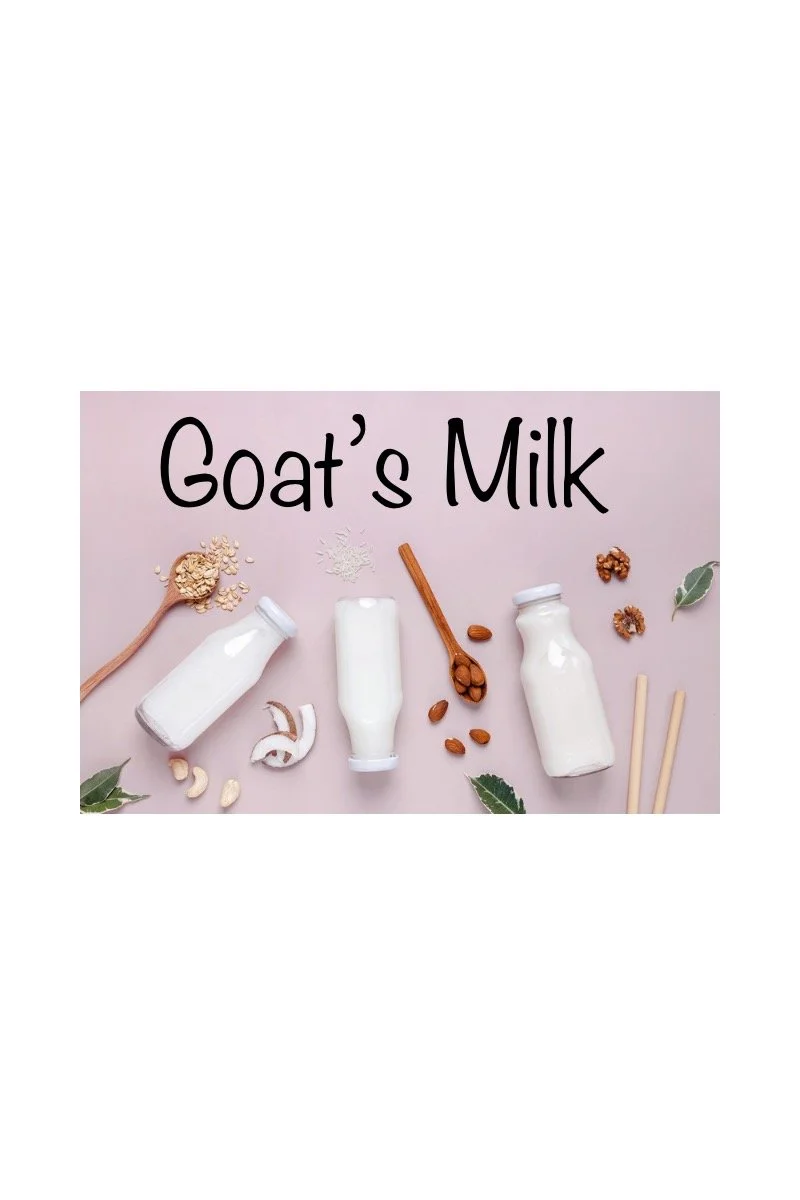Why Choose Goat’s Milk For Healthy Skin?
The benefits of goat’s milk abound. For those of us with sensitive skin, it is a God send delivered through fantastic, comedic, horned ruminants. A truly natural skin care product, goat’s milk has been used since antiquity to soothe, moisturize, and sometimes even treat common skin conditions. Goat’s milk is filled with vitamins, minerals, and probiotics that enhance the natural flora of the skin. We’ll touch on a few heavy hitters for our purposes today.
Our skin is a complex organ, and its first line of defense is the acid mantle. We all have an acid mantle made up of lipids from our body’s oil glands mixed with amino acids from our sweat. This mantle keeps moisture in and bacteria out. It also protects the skin’s microbiome (good bacteria). When the acid mantle is damaged by detergents from mass manufactured soap for example, the skin becomes prone to infection, dryness and acne. Goat’s milk has the same pH as human skin and does not disturb the body’s acid mantle, in fact it may help repair any damage that has already occurred.
Goat’s milk contains lactic acid, an alpha-hydroxy acid that plays many roles in the magic of Goat’s milk soap. Lactic acid exfoliates dead cells, treats sun damaged skin, unclogs pores, and is said to play a role in minimizing psoriasis and eczema. Lactic acid increases the production of ceremides, long chain fatty acids that link with other molecules for cellular function. Naturally found in skin cells, these fatty acids are the brick and mortar that make up about 50% of the epidermis. They act as a barrier against permeability, locking in moisture and protecting the skin.
Helping to boost the production of new cells, vitamin A is another beneficial component of goat’s milk. It contains retinoids which, aided by selenium to neutralize free radicals, help minimize the appearance of fine lines by boosting collagen. It also helps improve skin tone by stimulating the blood vessels. Goat’s milk is also famous for containing caprylic acid, a short chain fatty acid with both antibacterial and antimicrobial properties. The list of beneficial components goes on, it’s a long list and really quite impressive!
We all know Cleopatra bathed in goat’s milk for that queen like glow, but did you also know female goats were sacred to Artemis, Goddess of the hunt, and goat’s milk was a common offering to honor her? In Greek Mythology Zues was raised by a goat after being hidden from his father Cronus. The famous Sea Goat Capricorn adorns our night skies. Being one of the first domesticated animals, the goat has for centuries found its way into tradition and lore around the world. Goat’s milk has persisted into modern day health and beauty circles and that is a testament in and of itself.

